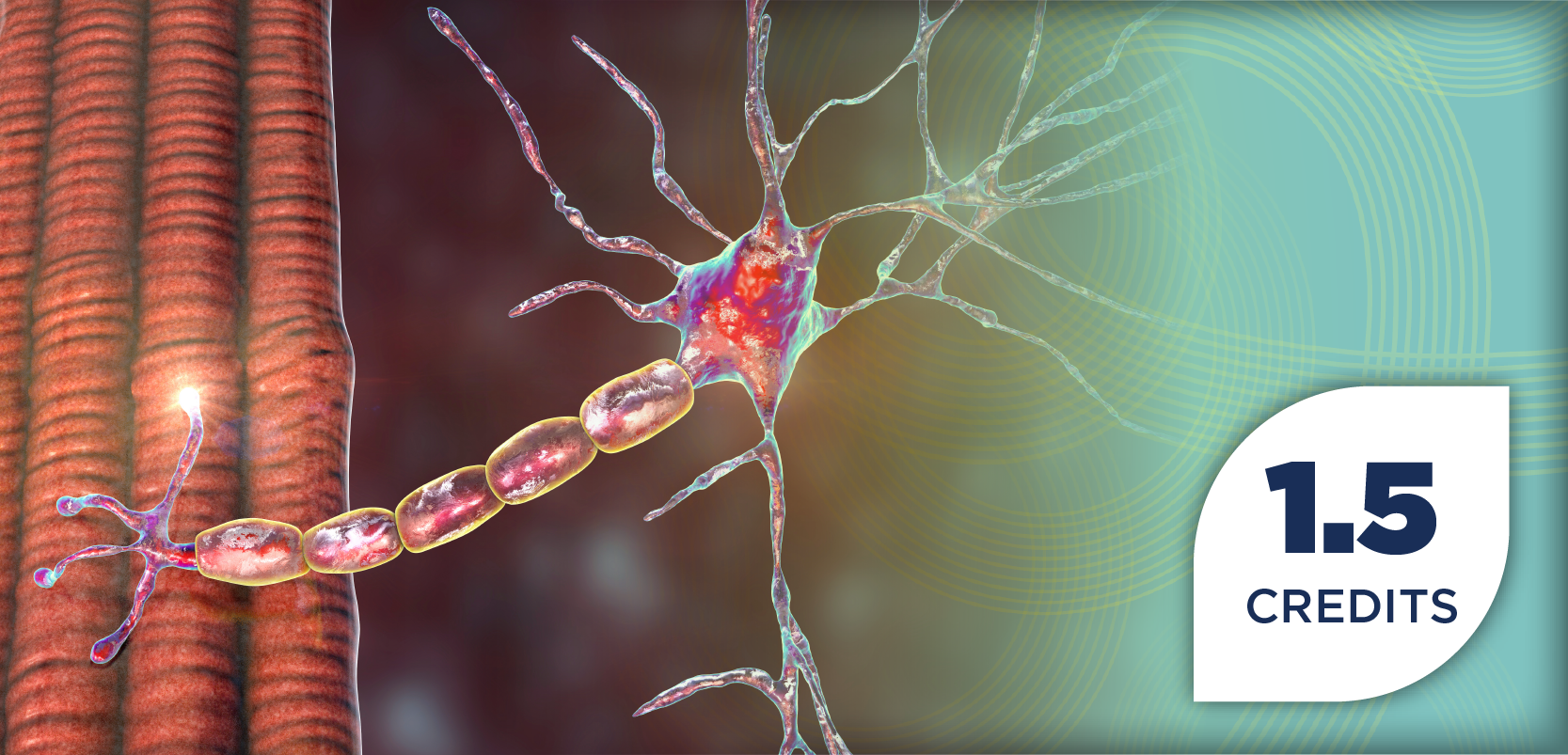
Pain Management
Latest News
Latest Videos

CME Content
More News

Researchers presented findings from a pharmacist-led pilot program for opioid deprescribing among patients in a palliative care clinic.

The FDA also recommended a scheduling action for 7-hydroxymitragynine (7-OH), with data showing the drug binds to opioid receptors.

Pharmacists play a role in educating patients as well as making them feel more comfortable when utilizing opioid use treatment.

In 2023, drug overdose deaths sustained declines, but there are still disparities that need to be addressed to continue to decrease these numbers.

Chronic pain is associated with a significant financial burden, with an estimated cost placed at $650 billion annually in the US.

Leveraging his expertise in pain management, Mark Garofoli, PharmD, MBA, BCGP, CPE, CTTS, joined Drug Topics to discuss the importance of pharmacists in patients’ use of OTC medications to treat pain.

In an update to the Journal of Pain Research’s formative meta-analysis on pain management in the US, researchers focused on the racial and ethnic disparities in access to pain treatment.

Expert on pain medicine, Mark Garofoli, PharmD, BCGP, CPE, CTTS, joined Drug Topics to discuss trends in the safety and efficacy of OTC pain medications and what products patients often seek at the pharmacy.

According to poison control data, many children aged 0 to 17 experience toxicity from over-the-counter analgesics like ibuprofen and acetaminophen.

As pharmacists move away from opioids in pain management, researchers present the use of supplemental OTC products to assist patients’ acute pain.

With minimal pharmacological treatments coming to market for chronic pain, researchers have explored new technologies for advancing pain treatment across the globe.

Cebranopadol met its primary endpoint of reduction in pain intensity as measured by the Pain Numeric Rating Scale (NRS) area under the curve from 2 through 48 hours.

In a third installment of our interview series with Chris Robinson, MD, PhD, we looked at the future of pain management and emerging technologies being used for treatment.

In a search for new treatment and prevention strategies for pain in patients with fibromyalgia, researchers explored bioavailable nutraceuticals and phytochemicals like polyphenols.

Chris Robinson, MD, PhD, joined Drug Topics to discuss the importance of education in newly explored technologies for the treatment of pain.

Researchers explored the efficacy of a multidisciplinary pain management team for addressing patients with cancer-related pain.

Researchers investigated the pharmacological management of chronic orofacial pain and provided guidance on its proper treatment.

Physician with expertise in pain research discussed emerging technologies in the future of pain medicine and how they must be adapted to improve patient outcomes.

Experts gathered to explore the pathophysiology and therapeutic management of burn injury-induced pain.

Patients with musculoskeletal pain were treated with cryotherapy spray to assess its use in providing immediate and sustained pain relief.

Patients prescribed high-dose opioids were given the option to switch to buprenorphine in hopes of improving pain and reducing opioid dosage.

Researchers investigate the effects of subanesthetic doses of esketamine for the treatment of pain and cognition in patients undergoing surgery.

For patients with atopic dermatitis reporting moderate-to-severe scratching, researchers explored the efficacy of an AI-enabled wearable sensor with closed-loop haptic feedback.

Cardiovascular health is known to be associated with the probability of having active or developing migraine in the future.

Researchers conducted a review of clinical studies to better understand non-oral drugs for the treatment of pain related to herpes zoster.









































































































































































